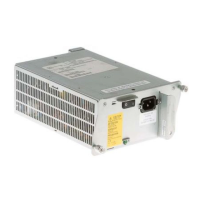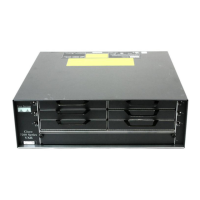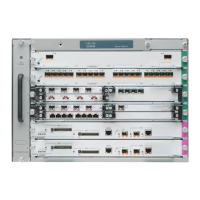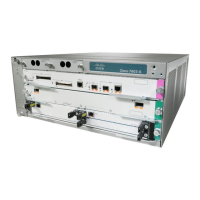1-142
Cisco uBR7200 Series Universal Broadband Router Software Configuration Guide
OL-2239-05
Chapter 1 Overview of Cisco uBR7200 Series Software
DOCSIS and CMTS Interoperability
Traffic Engineering
Sending data reliably upstream is a critical issue. Designing a robust upstream architecture requires
balancing system parameters, establishing subscriber data requirements, and configuring the network to
support those requirements.
Upstream spectrum varies greatly between cable plants. Maintaining stable return paths also differs
based on varying patterns and levels of ingress noise and interference. Common problems in cable plants
include:
• Electrical and magnetic interference (EMI)
• Thermal noise
• Carrier to noise (C/N) imbalances
• Interference of leaking signals
• Ingress due to other channels appearing at the desired channel frequency
• Distortion due to non-linearities of cable equipment
• Cross modulation—carrier to frequency distortion
• Hum and low frequency distortion
• Improper RF amplifier tuning
• Non-unity gains due to incorrect usage of attenuators
• Low-quality subscriber equipment
• Out of range signal power from the CMTS to the cable modem
When configuring your system, configure downstream and upstream parameters based on the fiber nodes
involved, the required services the cable modem or STB supports, the importance of the data, and desired
performance capabilities.
Your cable plant determines its data performance. Design your network to maximize its performance and
capacity at minimum cost, while meeting subscriber data requirements. Select or customize upstream
profiles for maximum trade-offs between bandwidth efficiency and upstream channel robustness once
you’re familiar with the system and have characterized your network. For example, QAM-16 requires
approximately 7 dB higher C/N ratio to achieve the same bit error rate (BER) as QPSK, but it transfers
information at twice the rate of QPSK.
Note Older plants and plants with long amplifier cascades are more susceptible to ingress than newer plants.
These plants produce more noise and signal level variances.
Tip Cisco recommends you keep input to all amplifiers at the same power level in the upstream direction and
keep output of all amplifiers in the downstream direction at the same power level. This is called unity
gain. Tune amplifiers and other equipment properly at desired frequencies. To characterize and improve
your cable plant’s stability, follow procedures in the
Cisco uBR7200 Series Universal Broadband Router
Hardware Installation Guide on Cisco.com.
A DOCSIS cable plant has the following groups of traffic to size based on current service offerings:
• Basic Internet access data, which is burst-intensive and asymmetrical; asymmetrical traffic supports
a larger data rate in one direction—the downstream.
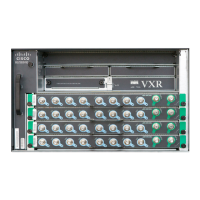
